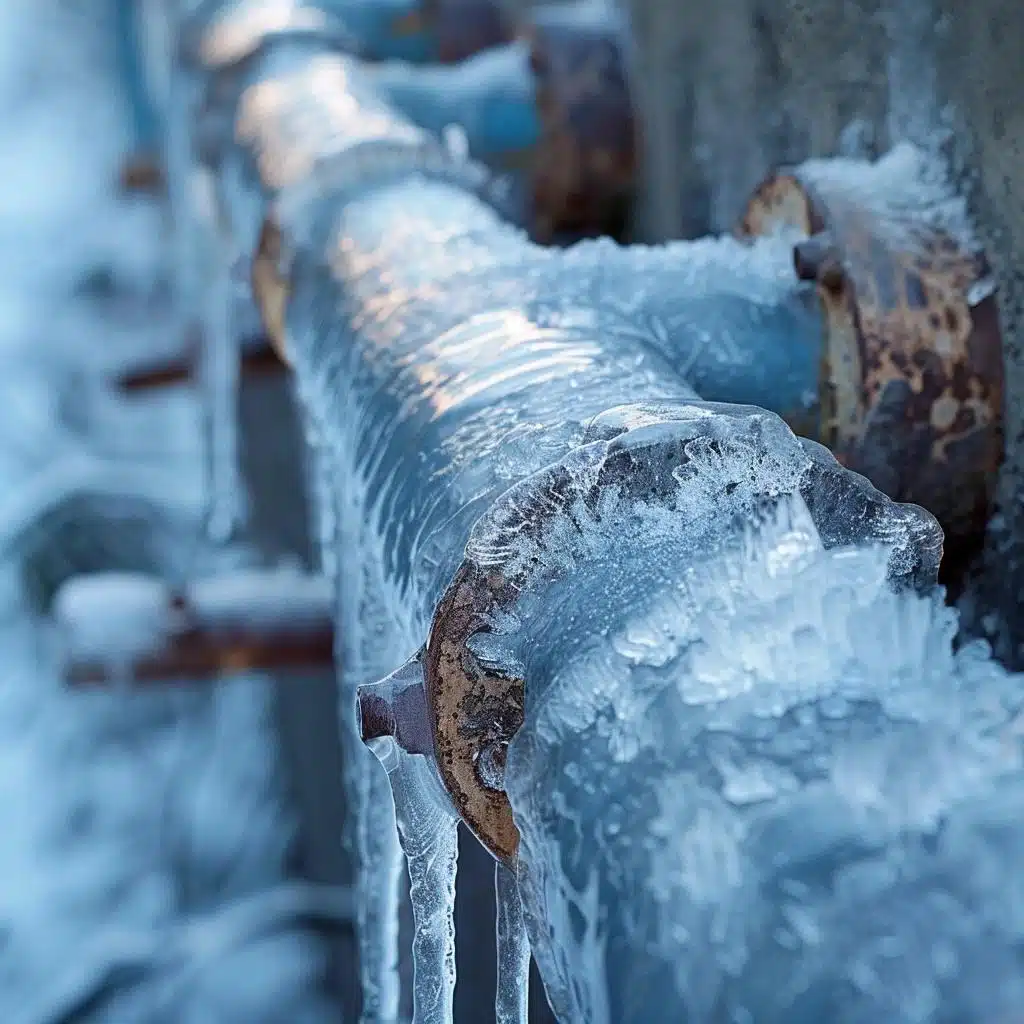How to Keep Your Pipes from Cold Weather Issues: Crucial Advice
How to Keep Your Pipes from Cold Weather Issues: Crucial Advice
Blog Article
What're your thoughts with regards to Prevent Frozen Pipes ?
.jpg)
Cold weather can ruin your plumbing, especially by freezing pipes. Right here's just how to avoid it from happening and what to do if it does.
Introduction
As temperature levels decrease, the threat of frozen pipes rises, potentially bring about expensive repair work and water damages. Understanding exactly how to stop frozen pipes is critical for home owners in chilly environments.
Prevention Tips
Protecting prone pipelines
Wrap pipelines in insulation sleeves or utilize warmth tape to protect them from freezing temperatures. Focus on pipes in unheated or outside areas of the home.
Home heating techniques
Keep interior areas properly heated up, especially areas with pipes. Open cabinet doors to allow cozy air to flow around pipelines under sinks.
Just how to determine icy pipelines
Seek decreased water flow from faucets, uncommon smells or sounds from pipelines, and noticeable frost on subjected pipes.
Long-Term Solutions
Architectural changes
Take into consideration rerouting pipelines far from exterior wall surfaces or unheated areas. Add added insulation to attics, cellars, and crawl spaces.
Updating insulation
Purchase top quality insulation for pipelines, attics, and wall surfaces. Correct insulation aids keep constant temperatures and reduces the danger of icy pipelines.
Protecting Exterior Pipes
Garden tubes and outdoor taps
Separate and drain yard hoses before winter. Mount frost-proof faucets or cover outside faucets with insulated caps.
Comprehending Frozen Pipes
What creates pipelines to freeze?
Pipelines ice up when exposed to temperature levels listed below 32 ° F (0 ° C) for expanded periods. As water inside the pipes freezes, it expands, putting pressure on the pipeline wall surfaces and potentially creating them to burst.
Dangers and problems
Icy pipelines can bring about supply of water disturbances, residential property damages, and costly fixings. Ruptured pipes can flood homes and trigger substantial architectural damages.
Indicators of Frozen Piping
Identifying frozen pipelines early can avoid them from bursting.
What to Do If Your Pipelines Freeze
Immediate actions to take
If you believe icy pipes, maintain taps open to eliminate pressure as the ice melts. Utilize a hairdryer or towels taken in warm water to thaw pipelines slowly.
Verdict
Preventing icy pipes requires aggressive steps and fast feedbacks. By recognizing the reasons, signs, and safety nets, house owners can shield their plumbing during cold weather.
5 Ways to Prevent Frozen Pipes
Drain Outdoor Faucets and Disconnect Hoses
First, close the shut-off valve that controls the flow of water in the pipe to your outdoor faucet. Then, head outside to disconnect and drain your hose and open the outdoor faucet to allow the water to completely drain out of the line. Turn off the faucet when done. Finally, head back to the shut-off valve and drain the remaining water inside the pipe into a bucket or container. Additionally, if you have a home irrigation system, you should consider hiring an expert to clear the system of water each year.
Insulate Pipes
One of the best and most cost-effective methods for preventing frozen water pipes is to wrap your pipes with insulation. This is especially important for areas in your home that aren’t exposed to heat, such as an attic. We suggest using foam sleeves, which can typically be found at your local hardware store.
Keep Heat Running at 65
Your pipes are located inside your walls, and the temperature there is much colder than the rest of the house. To prevent your pipes from freezing, The Insurance Information Institute suggests that you keep your home heated to at least 65 degrees, even when traveling. You may want to invest in smart devices that can keep an eye on the temperature in your home while you’re away.
Leave Water Dripping
Moving water — even a small trickle — can prevent ice from forming inside your pipes. When freezing temps are imminent, start a drip of water from all faucets that serve exposed pipes. Leaving a few faucets running will also help relieve pressure inside the pipes and help prevent a rupture if the water inside freezes.
Open Cupboard Doors
Warm your kitchen and bathroom pipes by opening cupboards and vanities. You should also leave your interior doors ajar to help warm air circulate evenly throughout your home.

Do you enjoy more info about Prevent Frozen Pipes ? Try to leave a review further down. We would be glad to hear your reactions about this blog post. In hopes that you come back again in the near future. Enjoyed our blog? Please quickly share it. Let another person discover it. Bless you for your time. Don't hesitate to come by our website back soon.
Click For More Information Report this page